
After years of powerful Pixels, 2020 saw a side-step. The Google Pixel 5 shipped with midrange specs and helped pave the way for the big Tensor overhaul of the smartphone series.
Four years ago, Google dropping the flagship tier specs in favor of an even further refined software experience seemed like an alien concept. So much so that when our own Kyle Bradshaw floated the idea that Google could launch a modest device in late-2020, well, people really didn’t like that concept.
To throw out the fundamentals seemed absurd. Google always offered the best of what Android could offer and the software stack to back it up. Except for this time, the Mountain View tech giant didn’t. The standard and XL dynamic was also ditched. If you wanted the Pixel 5 with any extra bells and whistles it was in one flavor – but at least it offered 5G connectivity.
The growth of 5G networks from late-2019 to today has been fairly slow compared to previous 4G tech. The cost of adding a 5G-capable chip to a smartphone was extremely high back in 2019-2020 too. Qualcomm’s Snapdragon 765G was one of the first mid-ranger processors to aid smartphone makers by offering superfast connectivity alongside modest processing might.
A knock-on effect was a lower asking price. At £599 in the UK and $699 in the US, this was a lot lower than the competition at the time. However, it was still a lot to ask for given that the Pixel 5 was still a mid-ranger at its heart.
Table of contents
What has aged well
- Size
- Display
- Fingerprint scanner
What hasn’t aged well
- Camera sharpness
- Performance
Hardware and design
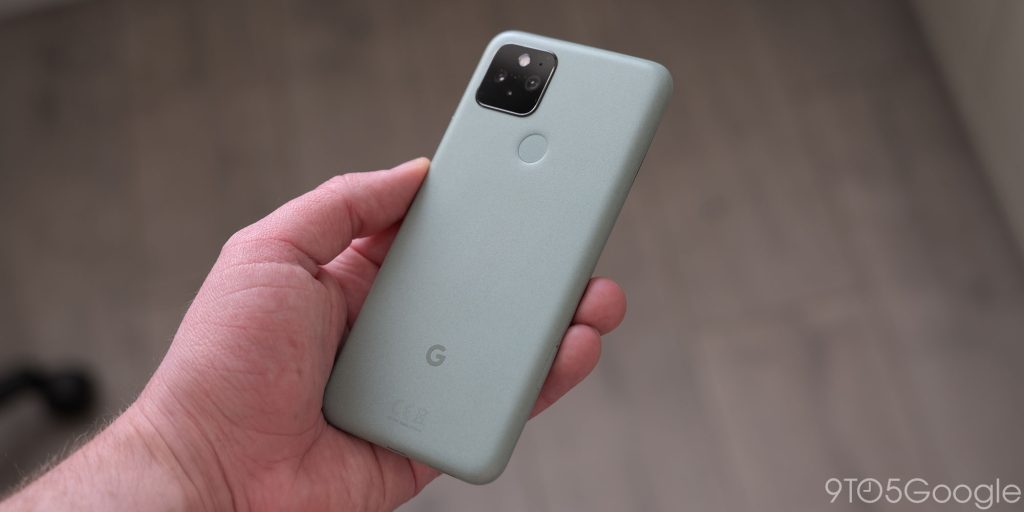
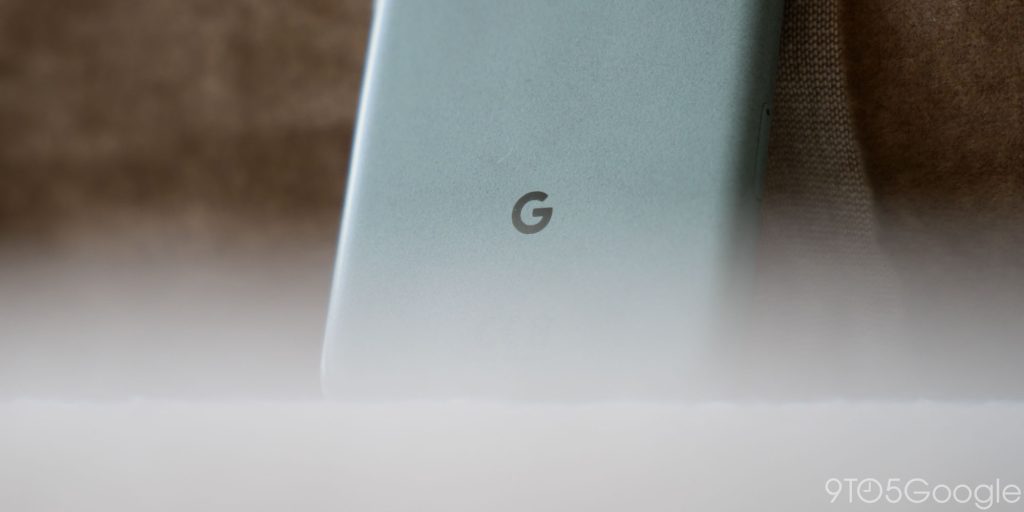
Google’s one-size-fits-all approach means no XL version of the Pixel 5 exists. As a result, this is the smallest mainline Pixel to date. It’s unlike any other Google Pixel in the entire lineup. It’s small at 6 inches, every corner is rounded, and the unibody chassis is soft to the touch. My biggest gripe at launch was that it only came in two color variants: black and green. The Sorta Sage model is super classy with the accented metal power button.
I think that this is the least Pixel-like Pixel to date. What I mean is that while it has some familiar traits, with the benefit of hindsight it feels more akin to the A-series than its predecessor and the Pixel 6 series that followed. I used the Pixel 5 daily for the better part of a year, and the size is instantly attractive – only the Pixel 4a and Pixel 8 are comparable. You can use it one-handed; the rear fingerprint scanner is perfectly placed and the chassis is super slim.
Whether it was intended or not, the Pixel 5 mixed these ingredients, and the result is more or less the perfect form factor for fans of small phones. There is no compromise on the materials. I like how sturdy and well-packed the aluminum chassis feels compared to other phones of the era which often creak and flex with the slightest bit of pressure.
I found that to be a two-fold benefit. Firstly, I could use the phone without a case. The bio-resin finish added a rough paper-like grip quality and I know that a drop won’t spell disaster because there is no back glass to worry about.
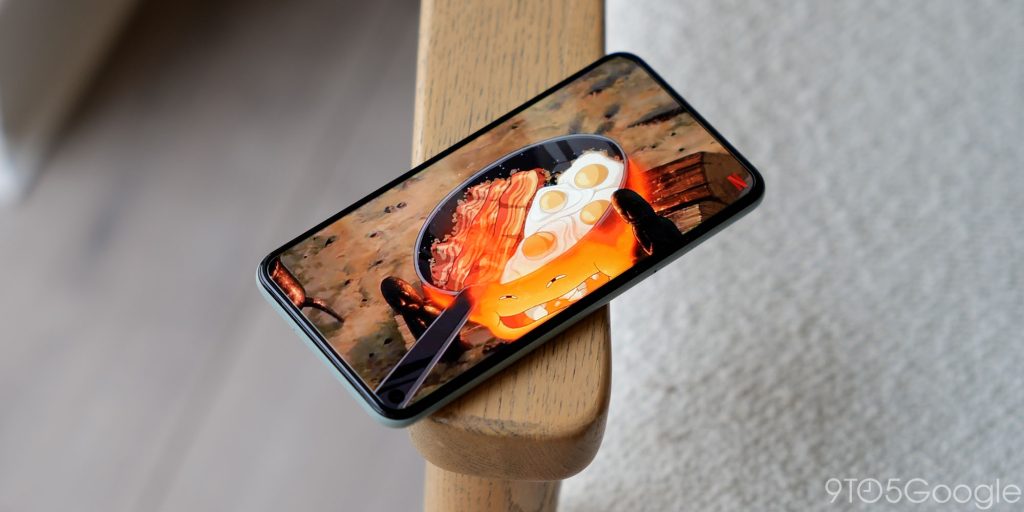
The frame hides a little secret too. Ordinarily, most aluminum unibody designs are unable to use traditional induction-based wireless charging. Google engineers cut a small hole in the rear frame right where the wireless charging coil sits. Because the bio-resin is thin enough to allow a current to pass through while remaining rigid, the Pixel 5 is able to use devices like the Pixel Stand at up to 10W while keeping the package thin.
Another solid design choice was to shoehorn in a sizable 4,080mAh internal cell to such small form factor. The Pixel 4 series had some horrendous battery issues and while the Pixel 5 was no powerhouse it fixed the problem of midday recharges for most people – myself included.
The OLED is almost perfect. I say “almost” as it doesn’t get very bright and the upper-left punch-hole now seems in an odd position. However, the bezels are identical on all sides, the screen is flat, and it’s tuned to perfection. There are no green tinting issues and it’s just a great example of what Google can do with screens.
I can’t say the same for the dreadful under-display earpiece speaker. I’m glad that this didn’t take hold in the industry. The Pixel series has ordinarily had good sound, but I cannot say that the Pixel 5 does. It was pretty awful at the time and is even more awful today.
It’s a shame that the excellent Face Unlock was ditched, but this was the swansong for the excellent rear fingerprint scanner. Returning to a physical scanner highlights just how poor Google has implanted the in-display scanner on newer devices. We’ve lost utility, too. Swiping on this to invoke the Quick Settings panel is a feature I miss dearly. No other OEM has offered anything similar. I’d love to see it return somehow.
Software and performance
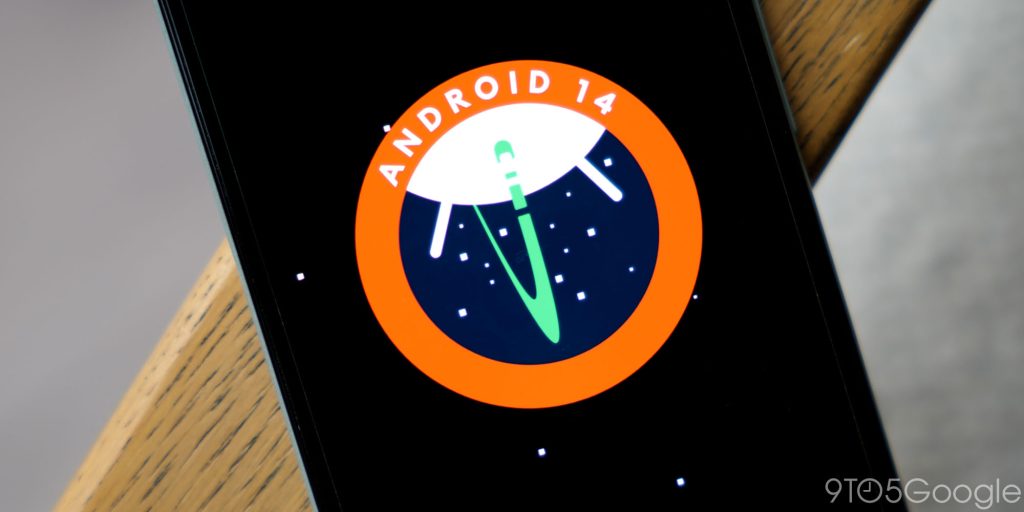
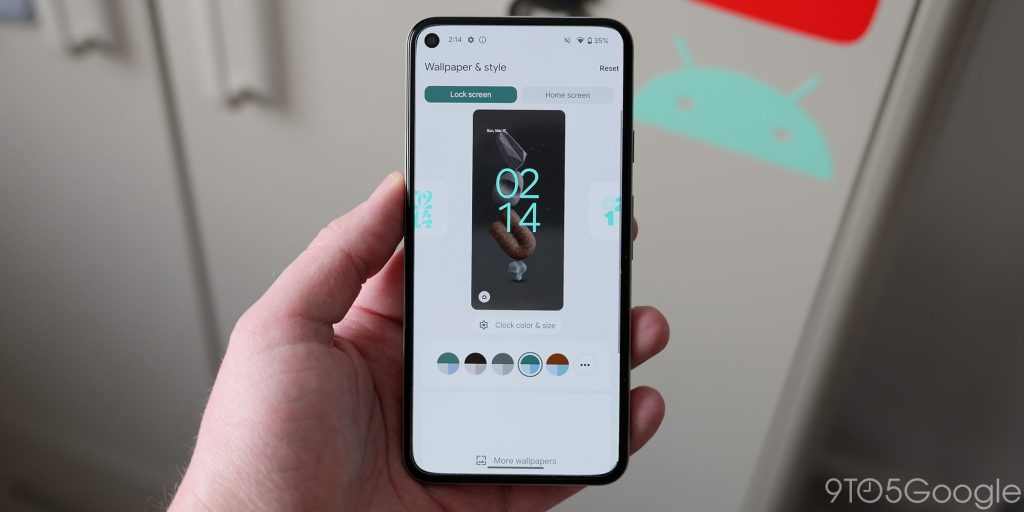
The Pixel 5 has seen some of the biggest changes in terms of the day-to-day experience in terms of both performance and Android look and feel. Despite shipping with Android 11, when Android 12 arrived it felt ready-made for the hardware. And so, for me, the Pixel 5 only felt right when Android 12 arrived. Android 11 felt like a stop-gap for better or worse.
Rounded corners reign supreme in the post-Android 12 era. With its bubbly aesthetic, Android 14 is right at home on the Pixel 5. It is the last update the hardware will ever receive, but it’s a fitting final flourish. You might eke out a few more years of life with ROMs like LineageOS if you are dead set on sticking with this form factor.
That aside, the Snapdragon 765G is in an odd position. Because while it includes 5G connectivity, the Pixel 4 and 4 XL are actually more powerful despite being a year older. The base RAM configuration is a little higher at 8GB – which is helpful for multi-tasking now that the Pixel 5 is a little older and lacks the grunt of more recent phones.
For the majority of its lifespan, there weren’t many complaints with general usage. It’s starting to show its age a little here and there. The older and slower UFS 2.1 storage means apps take a little longer to load when compared to some other 2020 handsets. The only downside with midrange specs is that the Pixel 5 hasn’t aged as well as its older sibling the Pixel 4 despite being a year newer and supported a year longer.
A problem that still persists, but to a lesser extent, is that Google hasn’t always been the fastest at adding common functions to the Pixel series. This was quite apparent when the Pixel 5 launched. It was the first to ship with Extreme Battery Saver and Hold for Me alongside lots of Android 11 firsts like an in-built screen recorder, resizable picture-in-picture windows, enhanced app permissions, the power menu wallet UI, plus more. Lots of these were huge at the time and seem inconsequential with the passage of time – and Android updates.
Camera

As a fan of the telephoto lens over the wide-angle, I was sorely disappointed when the Pixel 5 launched. Sure, the main 12-megapixel lens is fine. The utility of an ultra-wide was lost on me. I loved to zoom in and uncover details and it’s this that I also think lets down newer Pixel devices.
Even at the time, the Sony IMX363 felt long in the tooth. It still produces fine images. It’s a relic of a different era for Google’s smartphone efforts. We’re on to bigger, better, and higher-resolution things. I think general point-and-shoot photography is still just on the edge of good enough with the Pixel 5 – and that is down to the tuning rather than the quality.
Like any smartphone camera, how you use it counts. It might lack megapixels, but it makes up for that in character and the Pixel-y charm. I personally prefer the Pixel 4 lens selection, but the Pixel 5 is still capable of taking photos you’d be proud of. Looking back through some of my favorite images, they lack a little sharpness throughout every frame section. Things can look soft, but that’s to be expected given the lower resolution.
In recent years video has become a bigger focus for the Pixel series. The Pixel 5 added a few neat little tricks like Cinematic Pan, Locked Focus, and Active modes. All of these are predominantly software-powered and the best of the bunch is the Locked Focus mode.
4K 60fps video was added for the first time here too. Luckily, Android 11 also removed the annoying 4GB file limit for video recordings, so the Pixel 5 was perfectly placed to take advantage of that. I still think that even in 2024, no Pixel has really done video justice, and even though new features have arrived to the latest cohort, the Pixel 5 was lacking in 2020. It’s more pronounced now than at any other stage.
TL;DR
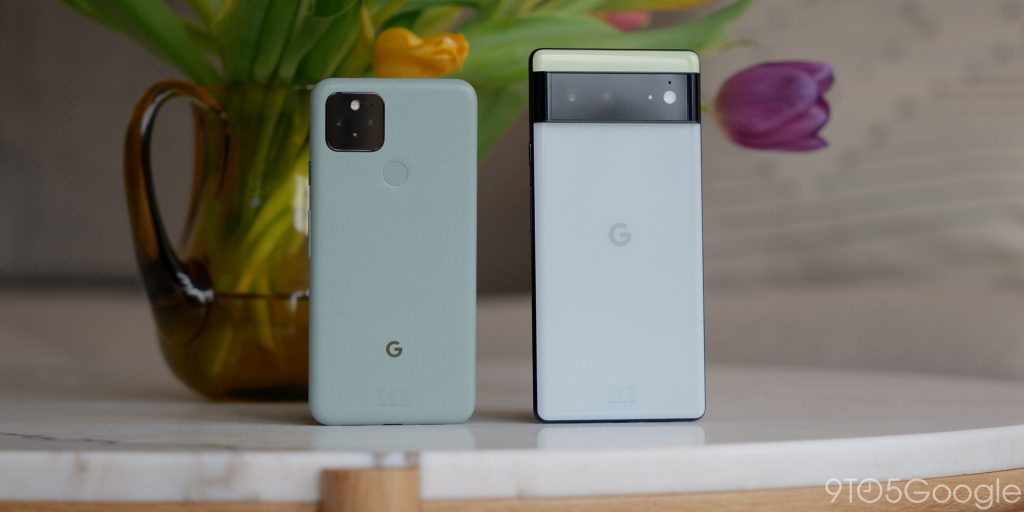
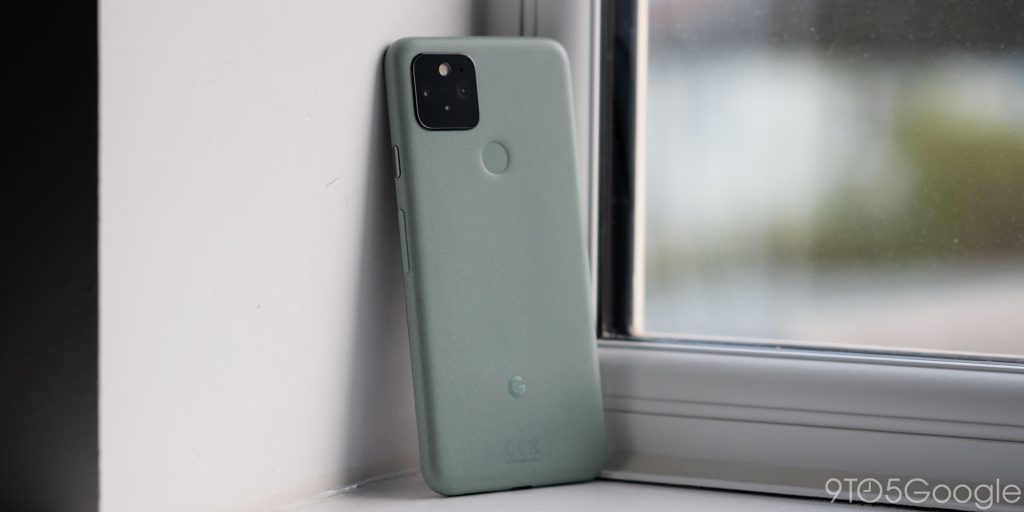
Think of the Pixel 5 as Google’s fallow year before the big birth of Tensor. The device tempered our expectations and proved that not everyone needs to have the best internals to offer a “premium” Pixel experience.
What’s apparent is just how much has changed since the Pixel 5 hit shelves. This was just a good phone. Nothing more, nothing less. The only downside is that it was never a market-leading phone that many seemingly expect Google to offer year-in-year-out.
My colleague Kyle Bradshaw calls this Google’s most “pragmatic phone to date” and I agree wholeheartedly. It likely proved to many people that you don’t need all the bells and whistles to get a “flagship-level” experience.
I’ll steal a quote from someone you might not know – football manager Nigel Adkins – this is “doing the basics to an elite level” which is a convoluted way to say that the Pixel 5 likely prepared us for what Pixel 6 would bring to the table. Competency at its core, without too many compromises for the intended audience.
That has been carried over to the Tensor-powered smartphones. Maybe Google’s internally developed chips will eventually compete with the best. The Pixel 5 was the first hint that – potentially – raw power isn’t the end goal of a Google smartphone and in essence, it paved the way for future Pixels.
FTC: We use income earning auto affiliate links. More.

Comments